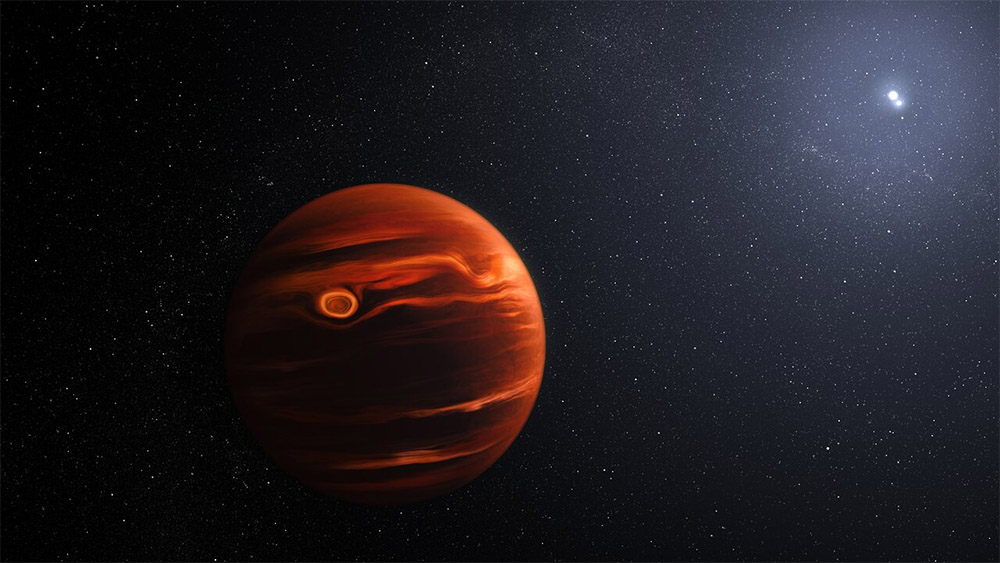Webb spots swirling, gritty clouds on remote planet
Researchers observing with the NASA/ESA/CSA James Webb Space Telescope have pinpointed silicate cloud features in a distant planet’s atmosphere. The atmosphere is constantly rising, mixing, and moving during its 22-hour day, bringing hotter material up and pushing colder material down. The resulting brightness changes are so dramatic that it is the most variable planetary-mass object known to date. The science team also made extraordinarily clear detections of water, methane and carbon monoxide with Webb’s data, and found evidence of carbon dioxide. This is the largest number of molecules ever identified all at once on a planet outside our Solar System.

Catalogued as VHS 1256 b, the planet is about 40 light-years away and orbits not one, but two stars over a 10 000-year period. “VHS 1256 b is about four times farther from its stars than Pluto is from our Sun, which makes it a great target for Webb,” said science team lead Brittany Miles of the University of Arizona. “That means the planet’s light is not mixed with light from its stars.” Higher up in its atmosphere, where the silicate clouds are churning, temperatures reach a scorching 830 degrees Celsius.
Within those clouds, Webb detected both larger and smaller silicate dust grains, which are shown on a spectrum. “The finer silicate grains in its atmosphere may be more like tiny particles in smoke,” noted co-author Beth Biller of the University of Edinburgh in the United Kingdom. “The larger grains might be more like very hot, very small sand particles.”
VHS 1256 b has low gravity compared to more massive brown dwarfs, which means that its silicate clouds can appear and remain higher in its atmosphere where Webb can detect them. Another reason its skies are so turbulent is the planet’s age. In astronomical terms, it’s quite young. Only 150 million years have passed since it formed — and it will continue to change and cool over billions of years. […]
Read more in the original article: ESA/Webb
🇵🇹 Versão portuguesa disponível aqui


Leave a Reply